Back in 2013, the Maserati Ghibli was hailed as the future saviour of Maserati: a BMW 5 Series rival that would hit 50,000 sales per year by 2015. But things haven’t worked out like that – and it’s not the first time.
In 1981, Maserati launched the Biturbo, a BMW 3 Series rival, with the same aim and sales ambitions. However, while high running costs and class-trailing dynamics blunted the Ghibli’s appeal, for the Biturbo it was an even more damning blend of inferior build quality and poor reliability that made sales decline. Thus the coupé version, the mainstay of the line-up, lasted only until 1990 (the open-top Spyder version continued until 1994) and only about 700 Biturbos were sold in the UK.
Click here to buy your next used car from Autocar
Today, few people have a kind word to say about the model. People such as Karl Verdi, founder of Verdi Ferrari, an independent Ferrari workshop: “It was trash: badly designed, badly engineered and loose-feeling. I remember a friend spinning his new Biturbo on a bend and then being all over the place at a track day.”
‘An owner’s view’ below shows that not everyone is so critical. Furthermore, comb the classifieds and you will find enough cherished Biturbos to make you think there might actually be some merit to it.
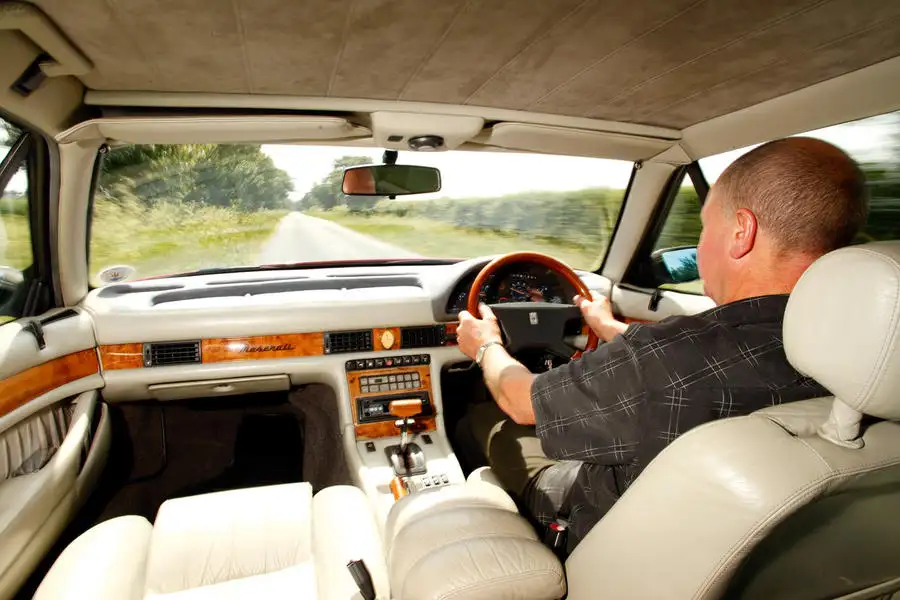
Notwithstanding the fact that everything seems to be getting more expensive, prices are rising too. Not long ago, they started at around £4000, with good cars from £8000, while the best, with decent service histories, started at around £12,000. Now, proper Biturbos with decent histories go from around £12,000. Among the more expensive cars are ratty examples riding on the trident badge, and the ‘one we found’ could be one of those, so we would subject it to a thorough examination.


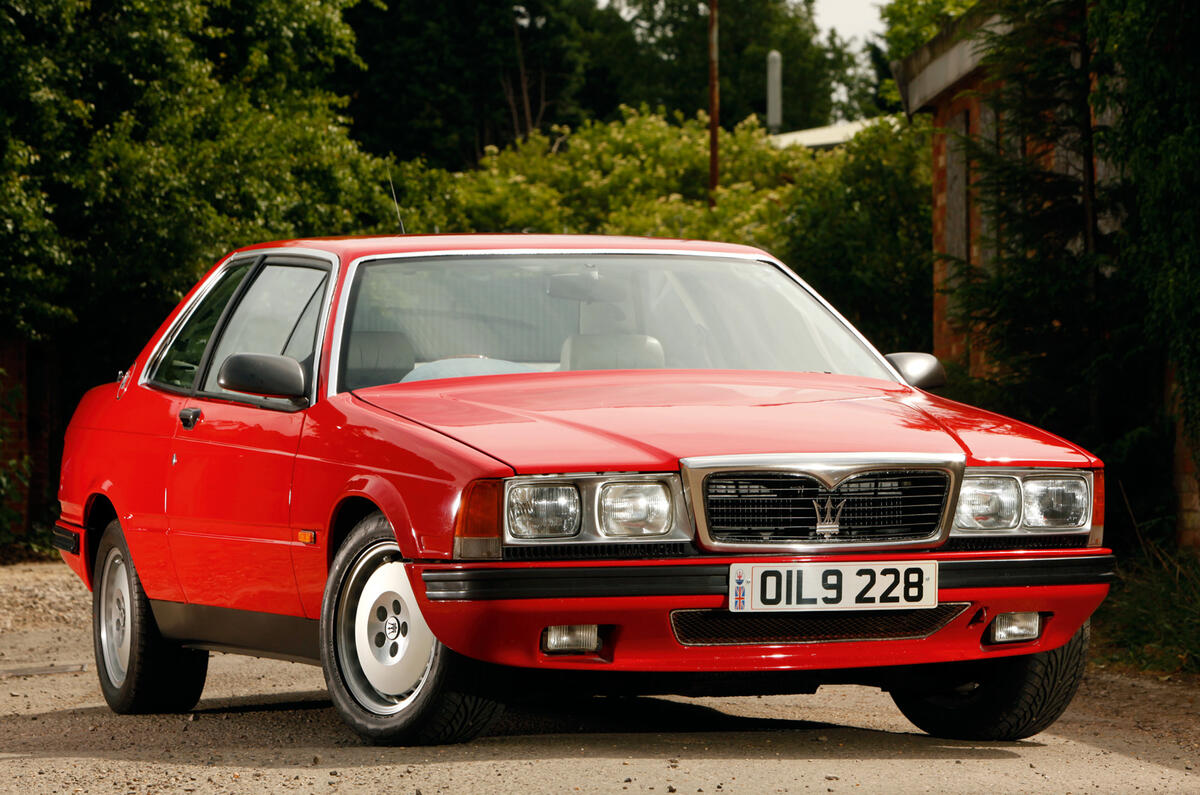
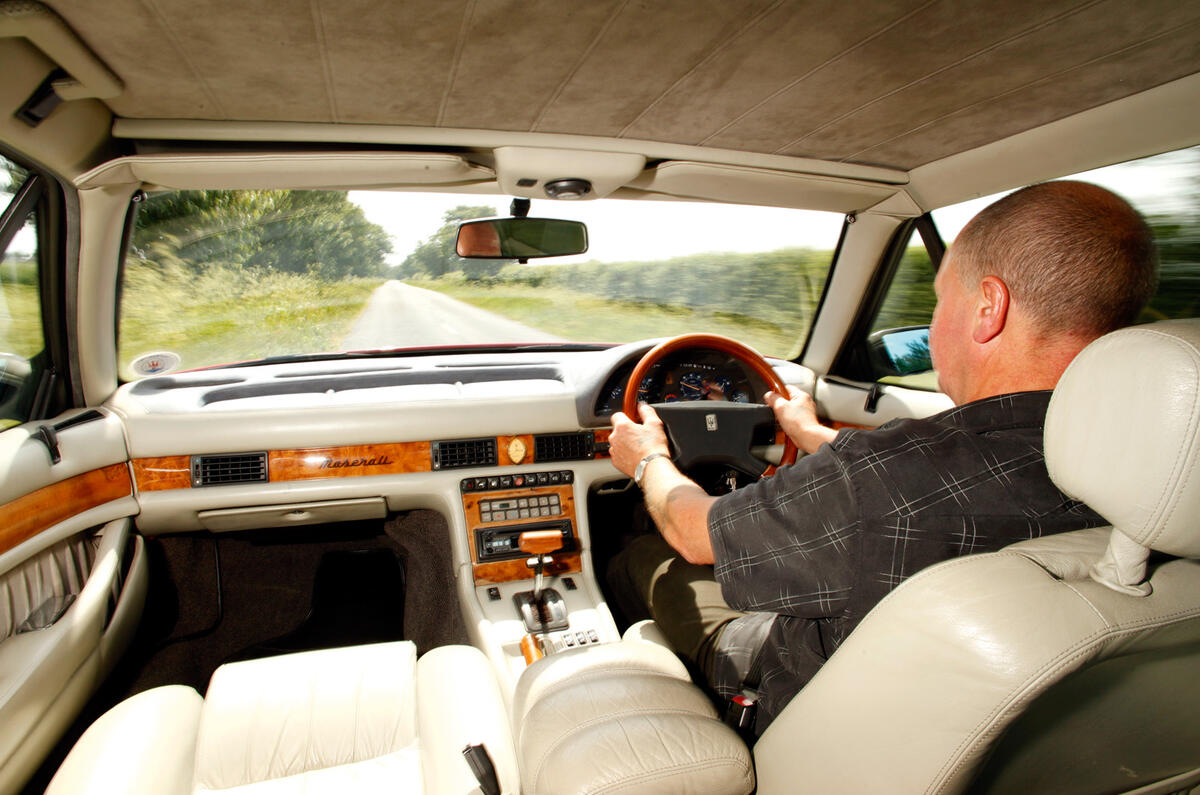
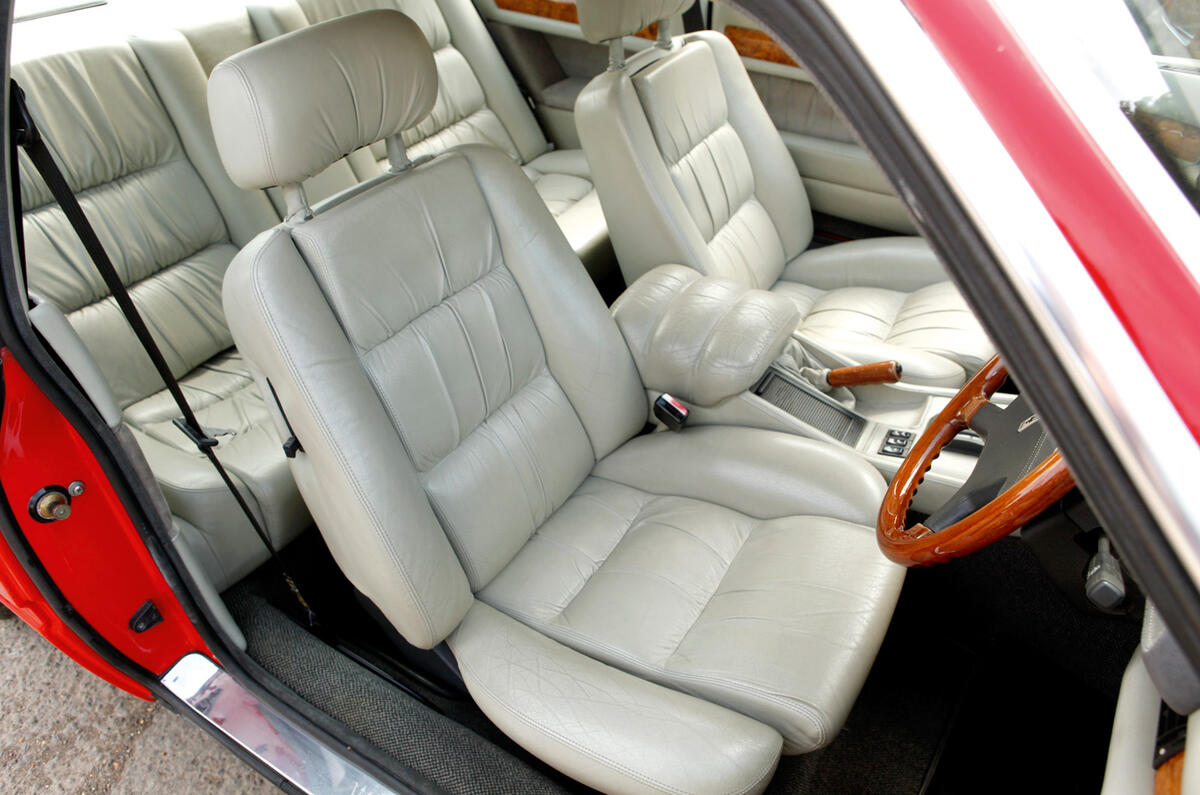

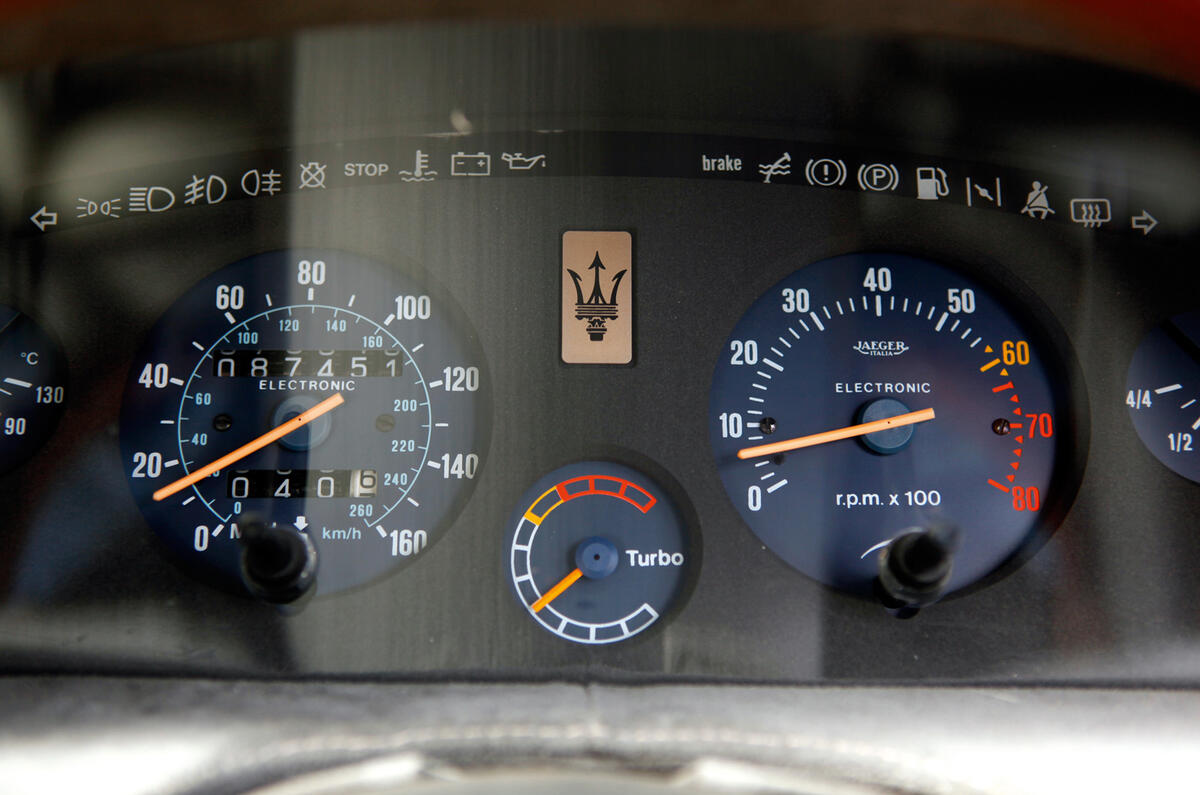
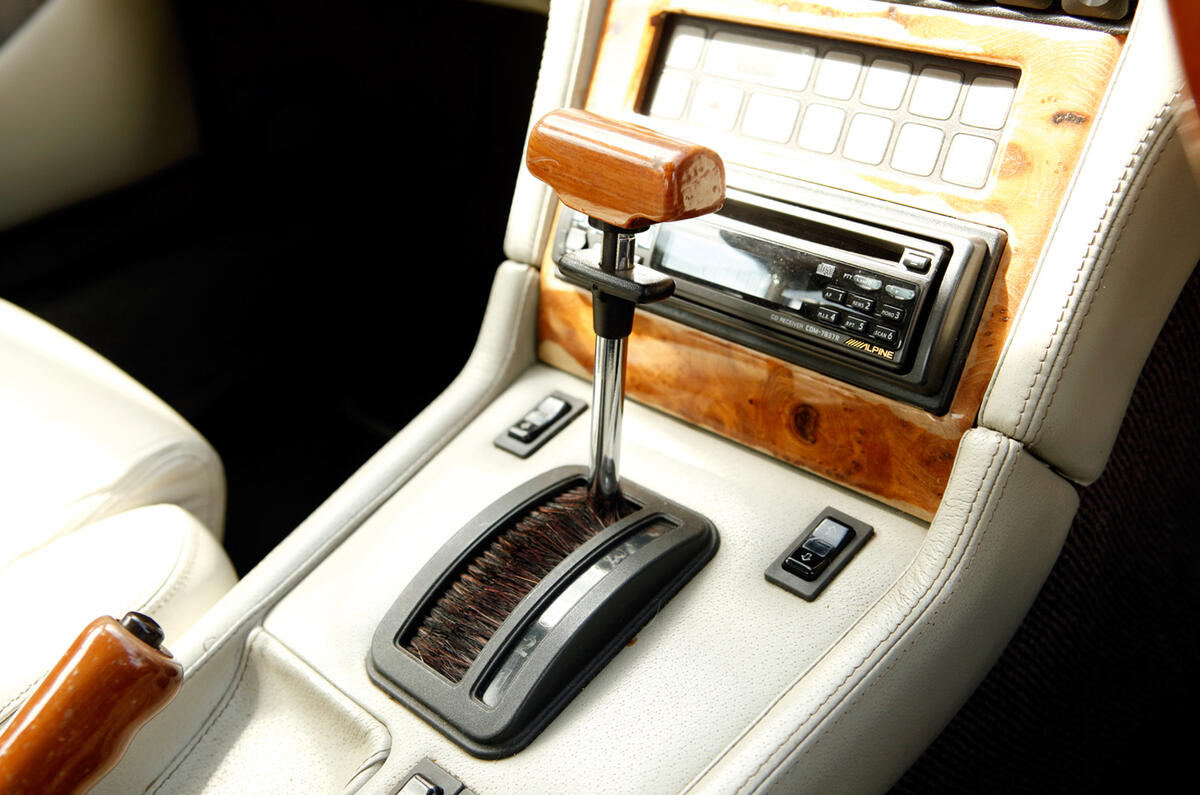




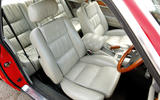
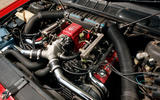
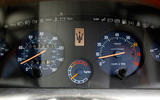
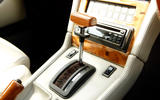
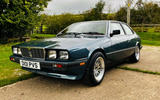

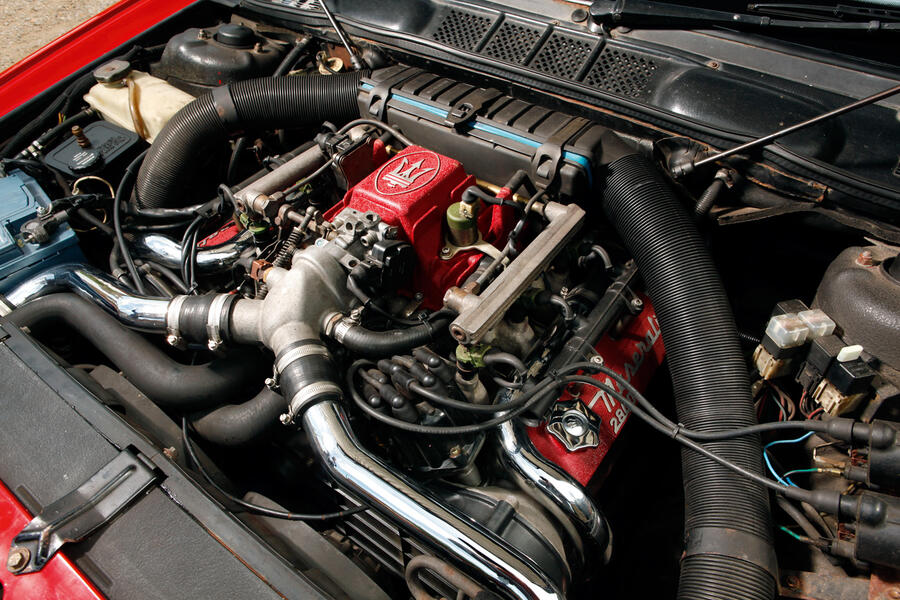

Join the debate
Add your comment
Not exactly a looker, something Chrysler could have knocked out.
As the article points out, I know old Biturbo could be a problematic ownership prospect, but I always loved the look and especially the sumptuous wood and leather - with that lovely Maserati analogue clock - interior.
Really? The bi-turbo was naturally aspirated.
Also, it was definitely not the first production car to have 3 valves per cylinder. Bugatti touring cars from 1922 onwards (Types 30, 38, 44, 49, 43etc.) all had 3 valves per cylinder. Maybe not mass production but still over 2,500 of these were made in total.